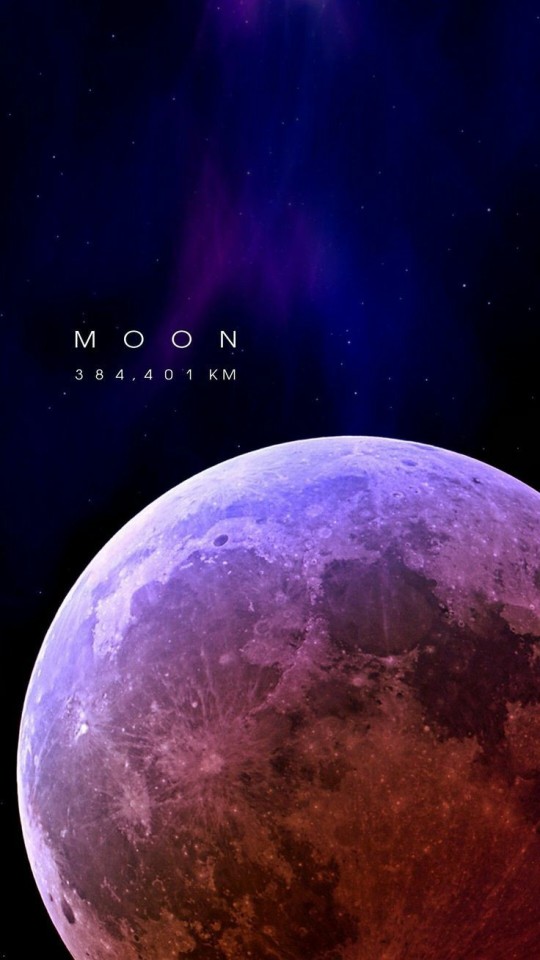Happy Solstice 2020!
Happy Solstice 2020!
The evening began with a beautiful sunset:


...though pretty clouds meant Jupiter and Saturn's closest dance was a little fuzzy:

They'd traded places and moved much closer than on Saturday:

This longer Saturday exposure shows Saturn's biggest moon, Titan (arrow), and all four of Jupiter's Galilean moons:

...and here's Jupiter's moons plus Titan (arrow; another arrow points out Amalthea hugging its parent world) tonight:

Happy Great Conjunction Day!

More Posts from Spacenik and Others

Andromeda in all her show stopping glory, a stunning capture by Rogelio Bernal Andreo.

WISE helps map the beautiful spiral arms of our galaxy Milky Way.
WISE mission – NASA
Credit : NASA/Twitter

The Pillars of Creation at the centre of M16 or the Eagle Nebula
Credits: NASA, ESA and the Hubble Heritage Team (STScI/AURA)

Earth, as seen from the Lunar surface, visualised
Have you guys watched the new Alien Worlds docuseries on Netflix?
What would you take to the Moon with you?


Barred Spiral Galaxy NGC 1300
Image Credit: Hubble Heritage Team,ESA, NASA

Galaxy M33//NGC 598 grabbed by Hubble
Credits: NASA/Hubble

South Of Carina Nebula
With natal dust clouds in silhouette against glowing atomic gas, this colorful and chaotic vista lies within one of the largest star forming regions in the Milky Way galaxy, the Great Carina Nebula. The telescopic close-up frames a field of view about 80 light-years across, a little south and east of Eta Carinae, the nebula's most energetic and enigmatic star. Captured under suburban skies improved during national restrictions, a composite of narrowband image data was used to create the final image. In it, characteristic emission from the nebula's ionized sulfur, hydrogen, and oxygen atoms is mapped to red, green and blue hues, a color palette also popular in Hubble Space Telescope. The celestial landscape of bright ridges of emission bordered by cool, obscuring dust lies about 7,500 light-years away toward the southern constellation Carina.
Image Credit & Copyright: Ignacio Diaz Bobillo
Source : Apod.nasa.gov
-
 etheralwoman liked this · 3 years ago
etheralwoman liked this · 3 years ago -
 arteesticpleasures22 liked this · 3 years ago
arteesticpleasures22 liked this · 3 years ago -
 nalvesocial-blog reblogged this · 3 years ago
nalvesocial-blog reblogged this · 3 years ago -
 nalvesocial-blog liked this · 3 years ago
nalvesocial-blog liked this · 3 years ago -
 brokenmindlover liked this · 3 years ago
brokenmindlover liked this · 3 years ago -
 arkadasy liked this · 3 years ago
arkadasy liked this · 3 years ago -
 wakayume liked this · 3 years ago
wakayume liked this · 3 years ago -
 peggy69 reblogged this · 4 years ago
peggy69 reblogged this · 4 years ago -
 peggy69 liked this · 4 years ago
peggy69 liked this · 4 years ago -
 ompkalaberax reblogged this · 4 years ago
ompkalaberax reblogged this · 4 years ago -
 as-the-stars-foretold liked this · 4 years ago
as-the-stars-foretold liked this · 4 years ago -
 gabrielasherbenaum liked this · 4 years ago
gabrielasherbenaum liked this · 4 years ago -
 amerikansky34 liked this · 4 years ago
amerikansky34 liked this · 4 years ago -
 ashe28 liked this · 4 years ago
ashe28 liked this · 4 years ago -
 szeele liked this · 4 years ago
szeele liked this · 4 years ago -
 sunburstsol liked this · 4 years ago
sunburstsol liked this · 4 years ago -
 rage-r liked this · 4 years ago
rage-r liked this · 4 years ago -
 vanilllamusk liked this · 4 years ago
vanilllamusk liked this · 4 years ago -
 ganymedy liked this · 4 years ago
ganymedy liked this · 4 years ago -
 forever--temporary liked this · 4 years ago
forever--temporary liked this · 4 years ago -
 no-limits-to-life reblogged this · 4 years ago
no-limits-to-life reblogged this · 4 years ago -
 no-limits-to-life liked this · 4 years ago
no-limits-to-life liked this · 4 years ago -
 crybabydear liked this · 4 years ago
crybabydear liked this · 4 years ago -
 rebloggy-gatorgoob reblogged this · 4 years ago
rebloggy-gatorgoob reblogged this · 4 years ago -
 gatorgoob liked this · 4 years ago
gatorgoob liked this · 4 years ago -
 acetone3 liked this · 4 years ago
acetone3 liked this · 4 years ago -
 miss-vespera liked this · 4 years ago
miss-vespera liked this · 4 years ago -
 per-aspera-ad-astra-m liked this · 4 years ago
per-aspera-ad-astra-m liked this · 4 years ago -
 nlockett liked this · 4 years ago
nlockett liked this · 4 years ago -
 deo-mavkararonik liked this · 4 years ago
deo-mavkararonik liked this · 4 years ago -
 recklessfuture001 liked this · 4 years ago
recklessfuture001 liked this · 4 years ago -
 insightsyouneveraskedfor liked this · 4 years ago
insightsyouneveraskedfor liked this · 4 years ago -
 atomicrebelmugfriend liked this · 4 years ago
atomicrebelmugfriend liked this · 4 years ago -
 androgynoustreepartyprune liked this · 4 years ago
androgynoustreepartyprune liked this · 4 years ago -
 chameleon-sol liked this · 4 years ago
chameleon-sol liked this · 4 years ago -
 kratossuvarious reblogged this · 4 years ago
kratossuvarious reblogged this · 4 years ago -
 biadetkoala liked this · 4 years ago
biadetkoala liked this · 4 years ago -
 im-gay-as-fuck liked this · 4 years ago
im-gay-as-fuck liked this · 4 years ago

